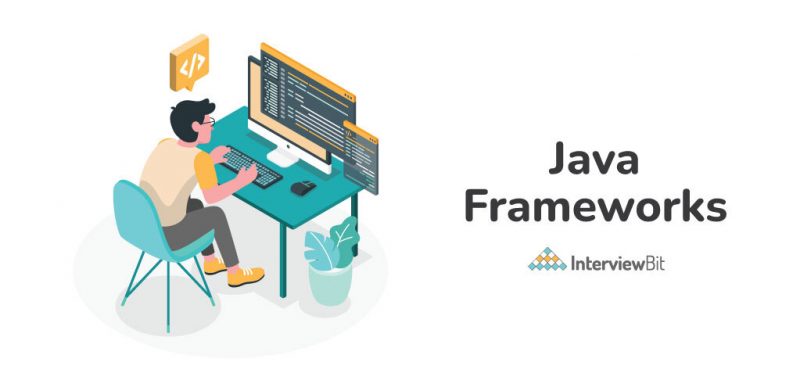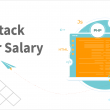- Introduction To Java Frameworks
- Popular Java Frameworks
- Spring
- Hibernate
- Play
- Apache Struts
- Dropwizard
- Google Web Toolkit (GWT)
- Java Server Faces (JSF)
- Vaadin
- Blade
- Grails
- Conclusion
- Frequently Asked Questions (FAQs)
- 1. Which framework is better for Java?
- 2. Is Apache a Java framework?
- 3. Is Java a language or framework?
- 4. Is Java used in the back end?
- 5. How many java frameworks are there?
- 6. How to learn java frameworks?
- 7. Which java frameworks to learn?
- Additional Resources
One of the most in-demand programming languages in the fields of Big Data, Machine Learning, Web Development, Android Development, etc. is Java. The power of Java has been unleashed for more than twenty-five years now as it has proven to be one of the most versatile and powerful tools which have come to the aid of millions of developers.
Being a high-level Object Oriented Programming Language, Java has been designed to have very few implementation dependencies. Java allows application developers to write once, and run anywhere (WORA), thus, making it a general-purpose language. What this actually means is that compiled Java code can run on all platforms which support Java without the need for recompilation. Java applications are typically compiled to bytecode and after that, the bytecode generated can run on any Java virtual machine (JVM), irrespective of the underlying computer architecture.
Java has been able to maintain its position in the top three most popular languages for a very long time because of the platform it provides. The Java platform consists of more than just a programming language. It also provides a large number of code libraries and frameworks, which are ready-made code components that are used extensively by developers.
Confused about your next job?
So, whether it be in the field of Algorithms and Data Structures, or be it development, Java can prove to be of humongous use to all the budding coders of modern times. Whether you need to crack a coding interview or develop a project, Java is definitely one of the languages you can opt for.
Introduction To Java Frameworks

Before discussing Java Frameworks, let us discuss what software frameworks are. A framework, or a software framework, is a platform used for building software applications. Frameworks provide a premise on which developers can develop programs for a specific platform. It may also be defined as an abstraction in which software, providing generic functionality, can be selectively changed by additional user-written code.
Thus, frameworks provide application-specific software and a standard way to build and deploy applications. Software frameworks can include support programs, compilers, code libraries, APIs(Application Programming Interfaces), etc. which bring together all the different components to enable the development of a project or system.
Now that we understand what software frameworks are, it becomes extremely easy to understand the definition of Java Frameworks.
What is Framework in Java?
Java Frameworks are nothing but the body or platform of already written codes. They are used by Java developers to develop web applications. Java Frameworks consist of a collection of predefined classes and functions, which can be used to process input and manage hardware devices that interact with the system’s software.
Popular Java Frameworks
Now that we have a good understanding of what Java frameworks are, let us go ahead and take a look at the top Java Frameworks being used by the Software Industry currently:
Spring
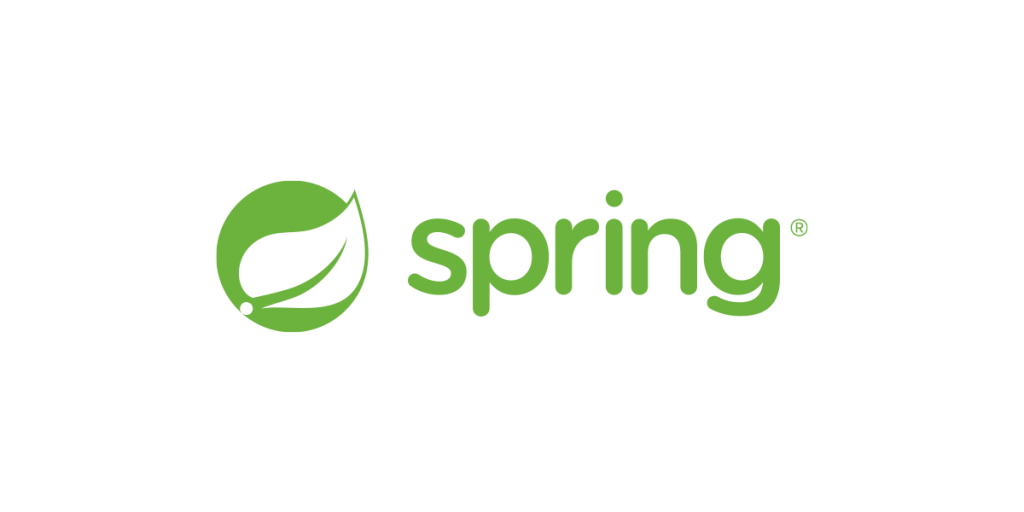
The spring framework is one of the most versatile java frameworks which is used to bring down the complexity of the development of enterprise-grade applications. The first production release of the spring framework was in March 2004 and since its inception, the robust and open-source framework has gained tremendous popularity, so much so that it is often referred to as the “framework of frameworks”. Spring is a loosely coupled, open-source java application framework.
Spring is lightweight and is often regarded as the inversion of the control container for the Java platform. A large number of Java applications use the core features of the spring framework. In addition to that, extensions have also been developed to allow developers to develop Web Applications on top of the Java Enterprise Edition platform. Some of the companies which are currently using the Spring framework are Amazon, eBay, Netflix, etc.
Some of the uses of the Spring Framework are as follows:-
- It supports features for web application development.
- It helps create Enterprise Java Applications (JEE).
Advantages of Spring
- A lightweight container is provided by the Spring framework. It can be triggered without the usage of a web server or an application server software.
- It provides support for JDBC (Java Database Connectivity) for improving productivity and reducing error. Also, there is support for backward compatibility and testability of code in Spring.
- The concepts of Dependency Injection (or Inversion of Control) and that of Beans makes web development a seamless process in Spring. Annotation based configurations and XML can be extensively used with the help of the Spring framework.
Hibernate

Another object-relational mapping tool for the Java programming language is the Hibernate framework. A framework for mapping an object-oriented domain model to a relational database is provided by this amazing framework.
The hibernate.cfg.xml file is the main file of Hibernate. It contains information about mapping Java classes with database configuration. IBM, Dell, Oracle, etc. are some of the Software Companies which used Hibernate extensively. Let’s take a look at some of Hibernate’s uses:-
- Hibernate helps in the development of persistent classes following the object-oriented concepts.
- It makes the communication of the user with any database easy using very tiny alterations in the code, thus bridging the gap between objects and relational words.
- Performing the database operation on Java entities is extremely easy using the Hibernate framework.
Let us now discuss some of the advantages of using this framework:-
- Hibernate ORM is free and open source.
- Code reusability is achieved using it.
- Portability, productivity, and maintainability are increased by the usage of this framework.
Play
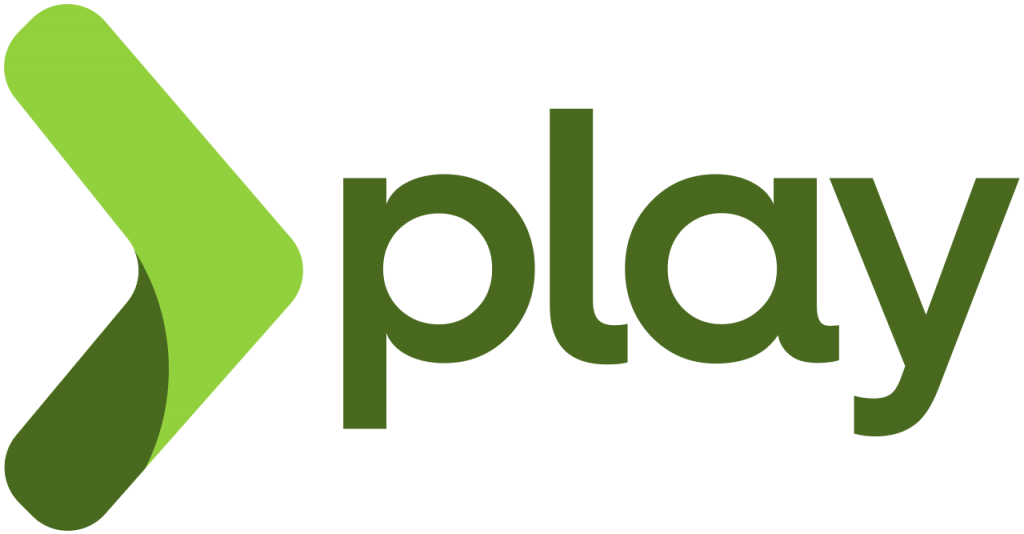
Play Framework is an open-source web application framework. It follows the famous MVC (or Model View Controller) architectural pattern. Scala has been used to write this framework and it is usable from other programming languages that are compiled to JVM bytecode, for instance, Java.
Play bears lots of similarities to the Django or Ruby on Rails or ASP.NET architecture. Also, it does not always follow the J2EE web standard. Rather than that, it intends to remove all the issues of the traditional Java web development like slow Software Development Cycles, lots of configurations, etc. Built upon the Akka Toolkit, this framework truncates the creation of the concurrent and the distributed applications on the JVM (Java Virtual Machine).
Play can be mostly used for building web applications which demand content creation and other Java and Scala applications. The Play Frameworks provides the following advantages:
- Cool features like hot code reloading, convention over configuration, and error messages in the browser are provided by it.
- There is good support for nonblocking Input/Output for high-performance applications.
- It provides flexible and failure tolerant results
Apache Struts

Apache Struts is a Java framework that is free, open-source, and based on the MVC architectural pattern. It can be used in order to create beautiful and modern Java web applications. In Apache Struts, the convention is favored over configuration. It is extensible using a plugin architecture and is shipped with various plugins to support REST, AJAX, and JSON.
Companies like Infosys, Accenture, and NextGen Technologies are using Apache Struts. It comes in two versions: Struts 1 and Struts2 (which is a combination of the webwork framework of OpenSymphony and Struts 1). Some of the uses of Apache Struts are listed below:
- The development of MVC-based Web Applications is extremely simple using Apache Struts.
- In order to adopt the MVC Architectural Pattern, Apache Struts extends the Java Servlet API.
Using Apache Struts can prove to be advantageous in the following scenarios:
- The time taken for developing an application is reduced manifolds on the usage of this framework.
- Maintaining an application becomes easier.
- A Centralized Configuration is offered by Struts, that is, rather than coding information into Java programs, many Struts values are represented in XML or property files.
Dropwizard
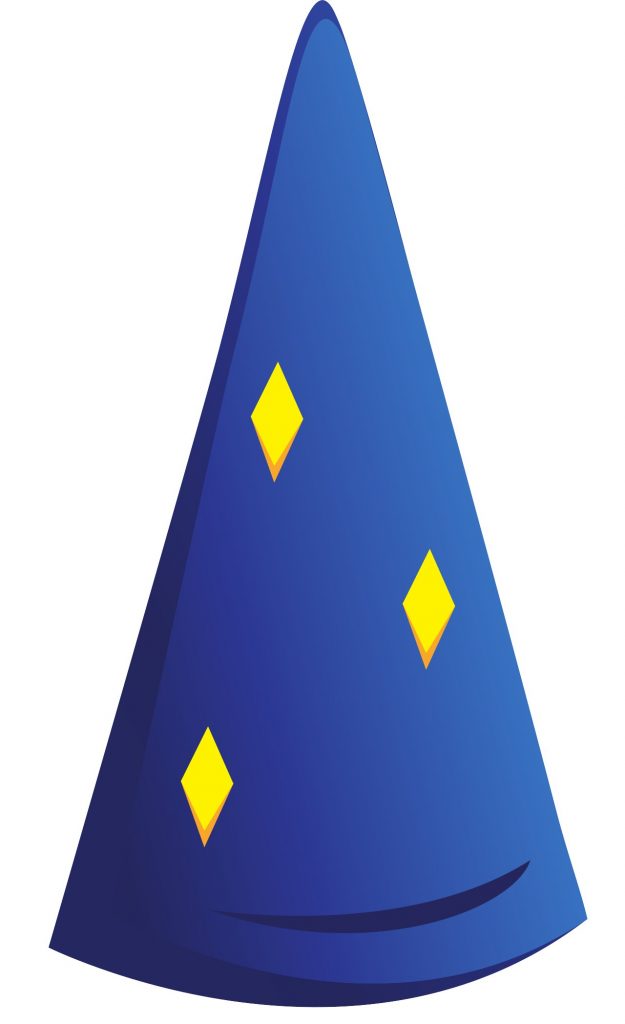
Dropwizard is indeed a “Wizard” as far as the world of Java Frameworks is concerned. It is a lightweight framework which can be used for fast paced development as it has support for a variety of features like advanced configurations, logging, application metrics and much more.
Dropwizard can be considered to be a separate ecosystem consisting of all the dependencies bundled into a single package. Dropwizard can be used for the following scenarios:
- The development of applications where Operation Friendliness is important.
- The Rapid development of RestFul APIs.
- Creation of Java microservices.
The Dropwizard framework can prove to be advantageous over the other frameworks because of the following reasons:
- It has a quick project Bootstrap.
- Has support for a number of open source and independent libraries.
- Rapid prototyping can be done easily using Dropwizard.
Google Web Toolkit (GWT)
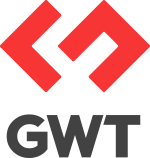
As is evident from the name itself, Google Web Toolkit has been developed by Google. It can be used to create elegant internet Java applications. The ability of Google Web Toolkit to convert Java code into JavaScript code – that too custom code based on the browser is one of the features which makes it stand out compared to other Java Frameworks.
A number of Google products, for instance AdSense, Google Wallet, and Blogger have been developed using the Google Web Toolkit.
Using the Google Web Toolkit, the usage of Google APIs becomes easy and therefore, it is a developer friendly framework. Beautiful JavaScript front end applications can be developed using the Google Web Toolkit.
The Google Web Toolkit is extremely advantageous because of the following reasons:
- The usage of Google APIs is made simpler using the Google Web Toolkit.
- Code reusability for common web development tasks is supported by the Google Web Toolkit.
- Features like internationalization, UI abstraction and cross browser are also provided by the Google Web Toolkit.
Java Server Faces (JSF)
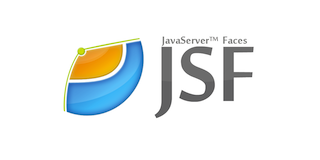
Java Server Faces is a Java framework which can be used for developing component based user interfaces for web applications. It was formalized as a standard through the Java Community Process being part of the Java Platform, Enterprise Edition.
Based on the MVC architectural pattern, Java Server Faces simplify the construction of user interfaces (UI) for server based applications with the usage of reusable UI components in a page. Java Server Faces are known for their stability and have an architecture that totally defines a distinction between application logic and representation. Therefore, it can be used for creating native applications.
Some advantages of using Java Server Faces are as follow:
- A variety of tools are offered by it to create elegant User Interfaces.
- It is an integral part of Java EE .
- Existing backend Java code can be extended with a web interface using Java Server Faces without having to change the base application by introducing a new framework.
Vaadin

Vaadin is also an open source Java framework. The Vaadin Platform consists of a set of web components: a Java web framework and a set of tools and application starters.
Its flagship product, Vaadin Platform (previously Vaadin Framework) allows the implementation of HTML5 web user interfaces using the Java programming language. Vaadin’s lightweight Java framework called Vaadin Flow can handle routing and server client communication.
Vaadin can be used to automate all the communication between the browser and the server. Hence, it simplifies the process of web development.
The advantages of using Vaadin are listed below:
- Vaadin can be used to bind data using MVC and MVP.
- It can use Java and HTML for building views.
- Automatic server client communication is supported by Vaadin along with WebSocket support.
- JVM languages like Kotlin and Scala are also supported by Vaadin.
- Also, there is support for the Spring framework.
Blade
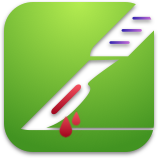
Inspired by the design of a number of frameworks like Node.js’ Express, Python’s Flask, Golang’s Macaron, etc., Blade is built from scratch with the following goals in mind: to be self contained, productive, elegant, intuitive, and extremely fast.
Blade provides a restful routing interface. This makes the web API cleaner and much easier to understand and also helps in synchronizing data with the website. Blade is based on Java 8 and has the web server and template engine built into the framework itself. Some of the use cases of Blade are as follows:
- Web Applications based on the MVC architectural pattern can be developed using Blade.
- As mentioned previously, self contained, productive, elegant and intuitive applications can be developed really fast with Blade.
Listed below are some of the advantages of using Blade:
- There is support for plug in extensions and web jar resources in Blade.
- Configuration in multiple files can be also done using it.
- The support for CSRF (Cross-Site Request Forgery) and XSS (Cross-site scripting) defense is also provided by it.
Grails
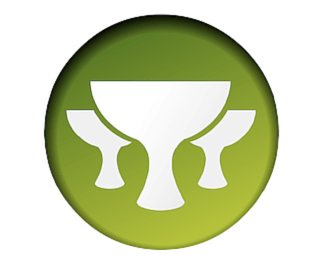
Written in the Groovy programming language, the Grails framework is a dynamic framework which runs on the Java platform and shows great compatibility with the Java syntax.
Grails can collaborate with Java technologies, for instance, Java EE containers, SiteMesh, Spring, Quartz, and Hibernate. It has been developed to become a high-productivity framework by following the “coding by convention” paradigm, thus, providing a stand-alone development environment and hiding much of the configuration detail from the developer. Some of the uses of the Grails framework are as follows:
- It is extremely developer friendly with thorough documentation.
- A developer can build his or her own plugins and include the Grails IDE support for various platforms.
Some of the reasons which make the usage of Grails advantageous are as follows:
- Both Groovy and Java code can be intermixed in Grails and the application will run just fine.
- The object mapping feature is easy to use in Grails.
- A lot of flexible profiles are provided by it.
Conclusion
That is all about some of the essential JAVA frameworks a developer should know of in 2023. It is pretty evident by now that the usage of these excellent frameworks (along with the extensive Java libraries) can not only help in the entire Software Development process but also help save the time of the developers as they do not have to reinvent the wheel again.
Java developers can definitely benefit from these frameworks if they use them in their day-to-day work. Also, there is a huge community of developers standing behind these JAVA frameworks who are ready to help other JAVA developers perform their tasks well. Hence, a Software Development Enthusiast should definitely learn about Java Frameworks.
Frequently Asked Questions (FAQs)
1. Which framework is better for Java?
Although there are many useful frameworks in Java, the Spring framework is the most powerful and commonly used the framework as it provides a plethora of useful features and makes the development process easier for developers.
2. Is Apache a Java framework?
Apache is a very powerful open-source software which provides a number of Java frameworks like Apache Struts, Apache Wicket, Apache Flex, etc.
3. Is Java a language or framework?
Java is a programming language and not a framework. Many frameworks are written in the Java programming language.
4. Is Java used in the back end?
Yes, Java can be used for creating the back-end part of web applications.
5. How many java frameworks are there?
There are more than thirty Java frameworks out there.
6. How to learn java frameworks?
As a prerequisite for learning Java frameworks, one should be familiar with the Java programming language itself. After that, one can create many projects using these frameworks and this way, one can master the Java frameworks.
7. Which java frameworks to learn?
The Java frameworks that have been discussed in this article are the most commonly used frameworks in the Software Industry. Hence, one can learn about those frameworks.


